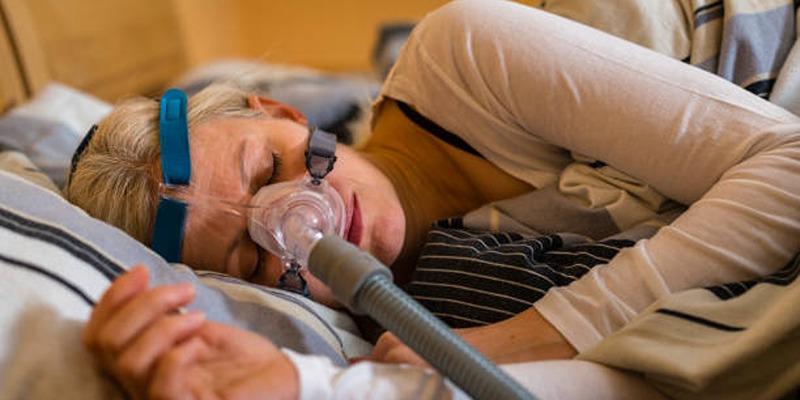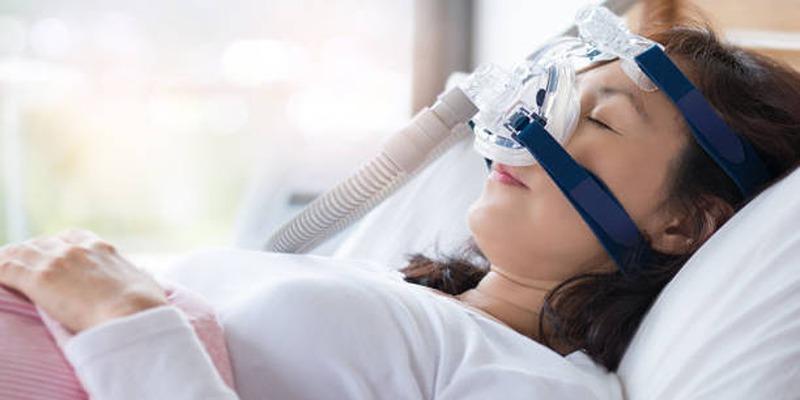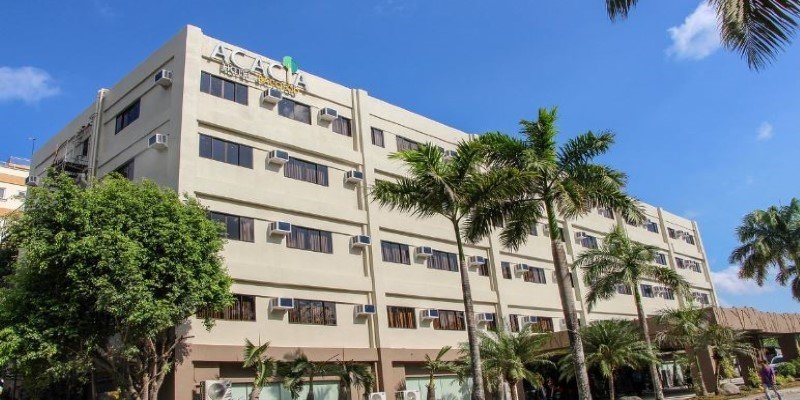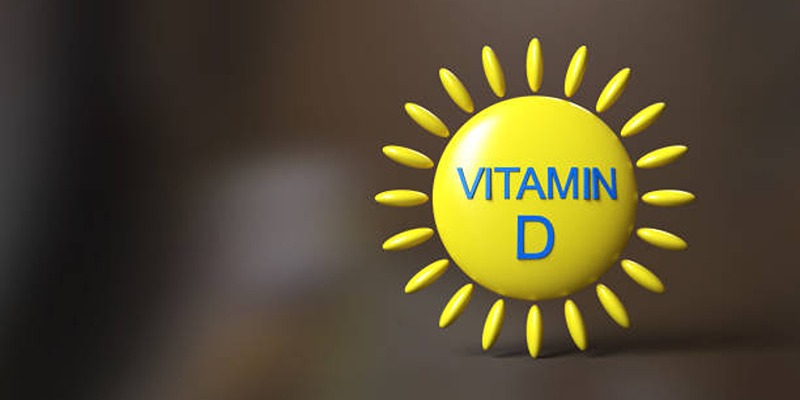Pace to Breathe: Exploring Innovative Treatments for Sleep Apnea
Sleep apnea is a well known but potentially dangerous condition affecting breathing during sleep causing interruptions in the natural sleep cycle and other health issues. This is a common disease affecting millions of people and is usually accompanied by snoring, the sensation to choke and daytime tiredness. While the primary treatment choice in the past has been something like the CPAP machine, a number of patients prefer not to use such systems and devices as they are bulky and cause discomfort. With medical developments being made we are now seeing treatments for sleep apnea become developed to be more effective and less intrusive.
What is Sleep Apnea?
To explore treatment options, it’s important to first understand the different types of sleep apnea:
- Obstructive Sleep Apnea (OSA): The most common, happening when throat muscles slacken and block the air passage way.
- Central Sleep Apnea: There is a less common variety, which occurs when the brain is unable to send appropriate signals to the muscles responsible for breathing.
- Complex Sleep Apnea Syndrome: Both OSAS and CSA, in other words, a mix of obstructive and central sleep apnea.
They include habitual snoring, excessive daytime sleepiness and often choking or gasping during the night. The best management of the disease is when it is detected early and this will help to prevent major complications.
Revolutionary Treatments for Sleep Apnea:

1. Inspire Therapy: Hypoglossal Nerve Stimulation
Inspire therapy offers a groundbreaking solution for those who find CPAP devices uncomfortable or impractical. This innovative treatment involves implanting a small device in the chest that stimulates the hypoglossal nerve, helping to keep the tongue in position and maintain an open airway during sleep.
- How It Works: Using a remote control, the device is activated to monitor your breathing patterns and deliver targeted stimulation, ensuring unobstructed airflow throughout the night.
- Key Benefits: Minimally invasive, mask-free, and hose-free, providing a more comfortable and discreet alternative to traditional CPAP machines.
- Who It’s For: Designed for individuals with moderate to severe obstructive sleep apnea (OSA) who cannot tolerate CPAP therapy.
2. Positional Therapy
Positional therapy offers a simple, non-invasive solution for patients with position-dependent sleep apnea by focusing on improving sleep posture. This approach encourages individuals to sleep on their side, reducing the risk of airway obstruction that often occurs when sleeping on the back.
- Tools and Devices: Positional therapy incorporates a variety of tools, such as specially designed pillows that support side sleeping, wearable sensors that track sleep position, and belts equipped with gentle vibration alerts to prompt users to reposition if they roll onto their back.
- Effectiveness: This method is particularly effective for individuals with mild to moderate sleep apnea, especially when back sleeping is the primary cause of airway blockages.
3. Oral Appliance Therapy (OAT)
Oral Appliance Therapy (OAT) involves the use of custom-made devices, similar to mouthguards or retainers, designed to reposition the jaw and tongue to maintain an open airway during sleep. By gently adjusting these structures, OAT prevents the collapse of soft tissues that can obstruct airflow and cause obstructive sleep apnea (OSA).
- Benefits: Compact, lightweight, and travel-friendly, these devices are far more portable and convenient than CPAP machines.
- Ideal Candidates: OAT is particularly effective for individuals with mild to moderate OSA or for those who find CPAP machines uncomfortable or prefer a less intrusive alternative.
4. Myofunctional Therapy
Myofunctional therapy is a specialized approach designed to strengthen the tongue and throat muscles through targeted exercises. These muscles play a vital role in keeping the airway open during breathing. When weakened, they can contribute to problems such as airway collapse, snoring, or even sleep apnea. By enhancing muscle tone and coordination, this therapy helps alleviate related symptoms and promotes healthier breathing.
- Key Exercises: Myofunctional therapy incorporates exercises like tongue slides (to improve tongue strength and mobility), throat tightening (to increase throat muscle stability), and lip closure drills (to encourage proper oral posture and breathing).
- Advantages: This non-invasive, natural treatment is effective on its own or as a complementary solution alongside other therapies, such as CPAP machines or dental devices.
5. Weight Management and Lifestyle Adjustments
Obesity is a major risk factor for obstructive sleep apnea (OSA), and tackling weight-related challenges can dramatically alleviate its symptoms.
Recommendations:
- Engage in regular physical activity to promote fitness and overall well-being.
- Follow a nutrient-rich, balanced diet to support healthy weight management.
- Steer clear of heavy meals and caffeine in the hours leading up to bedtime.
Impact:
These lifestyle changes help ease airway constriction, enhance sleep quality, and contribute to overall health improvements.
The Role of Technology in Managing Sleep Apnea:
1. Wearable Sleep Trackers
Innovative wearable devices are revolutionizing how we monitor and manage sleep apnea.
- Features: These devices track key metrics like oxygen levels, snoring, and heart rate during sleep.
- Connectivity: Collected data is seamlessly shared with healthcare providers, enabling more accurate and timely diagnoses.
2. Mobile Applications
Smartphone apps are empowering patients to take control of their sleep health.
- Functions: These apps offer guided breathing exercises and monitor sleep behaviors, tailored specifically for apnea management.
- Impact: By promoting better adherence to treatment plans, they enhance long-term outcomes for patients.
3. Artificial Intelligence (AI) in Diagnosis
AI technology is streamlining the detection and treatment of sleep apnea.
- Capabilities: AI algorithms quickly analyze sleep study data to identify apnea episodes with precision.
- Advantages: This leads to faster diagnoses and more personalized treatment recommendations, improving the overall patient experience.
How to Choose the Right Treatment for Sleep Apnea?

Selecting the most suitable treatment for sleep apnea requires careful consideration of several key factors, including the severity of the condition, its root causes, and the patient’s lifestyle and personal preferences. Mild cases may be effectively managed through lifestyle adjustments, such as weight loss or positional therapy.
In contrast, more severe cases often call for medical interventions like CPAP machines, custom oral appliances, or even surgery. Consulting a sleep specialist is crucial for a comprehensive evaluation, exploring all available options, and identifying the treatment tailored to your unique needs.
The Future of Sleep Apnea Treatments:
The future of sleep apnea care lies in personalized solutions and cutting-edge technology. Researchers are making strides in areas like gene therapy and advanced wearable devices, aiming to deliver customized treatments that maximize effectiveness while minimizing patient discomfort.
Conclusion:
Innovative treatments are transforming the management of sleep apnea, offering patients a wide range of effective, personalized solutions. From Inspire therapy and myofunctional exercises to advanced robotic surgeries, these breakthroughs are making restful sleep more attainable than ever. As technology and medical research continue to advance, the vision of better sleep for everyone is becoming a reality. If you suspect you may have sleep apnea, consult a healthcare professional to explore the treatment options that best fit your needs.












